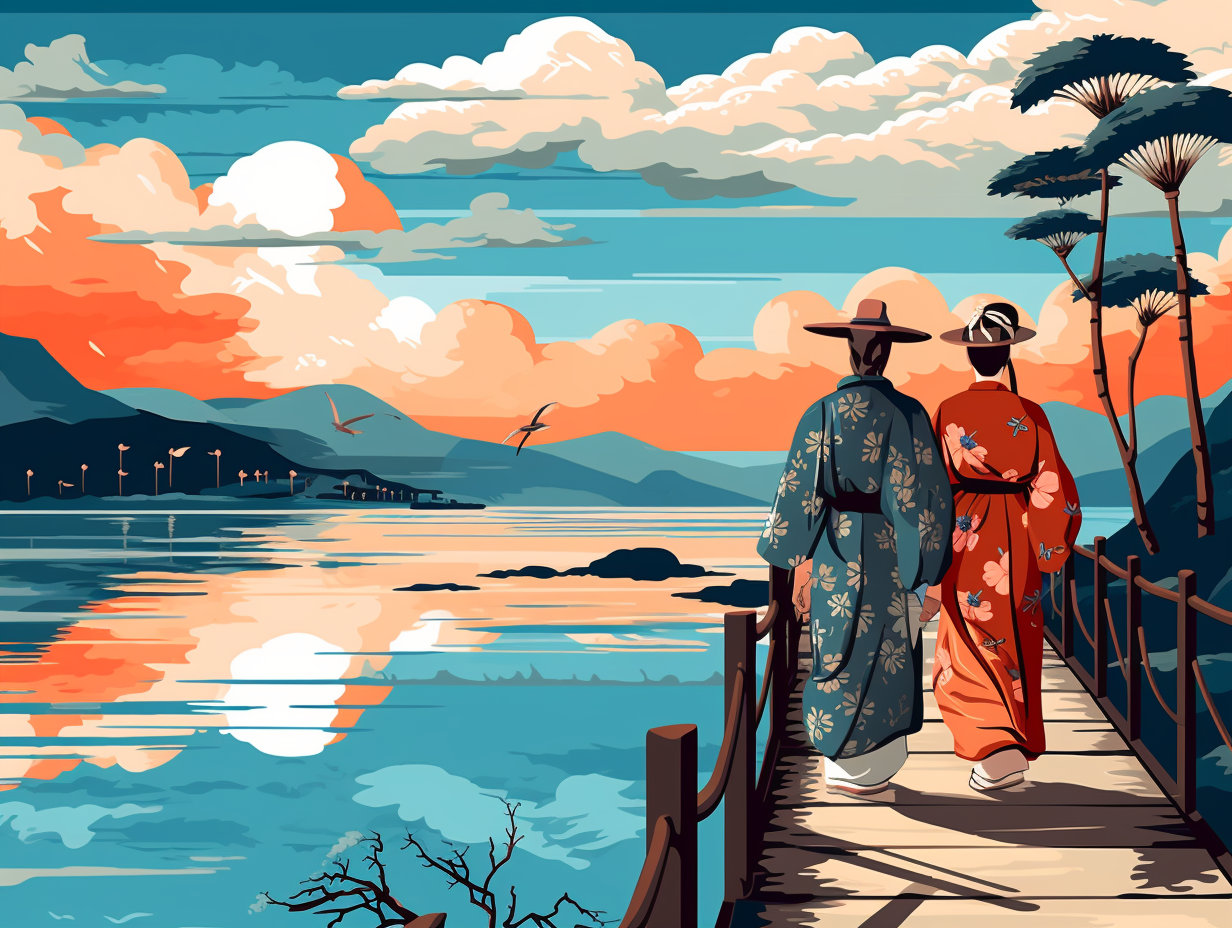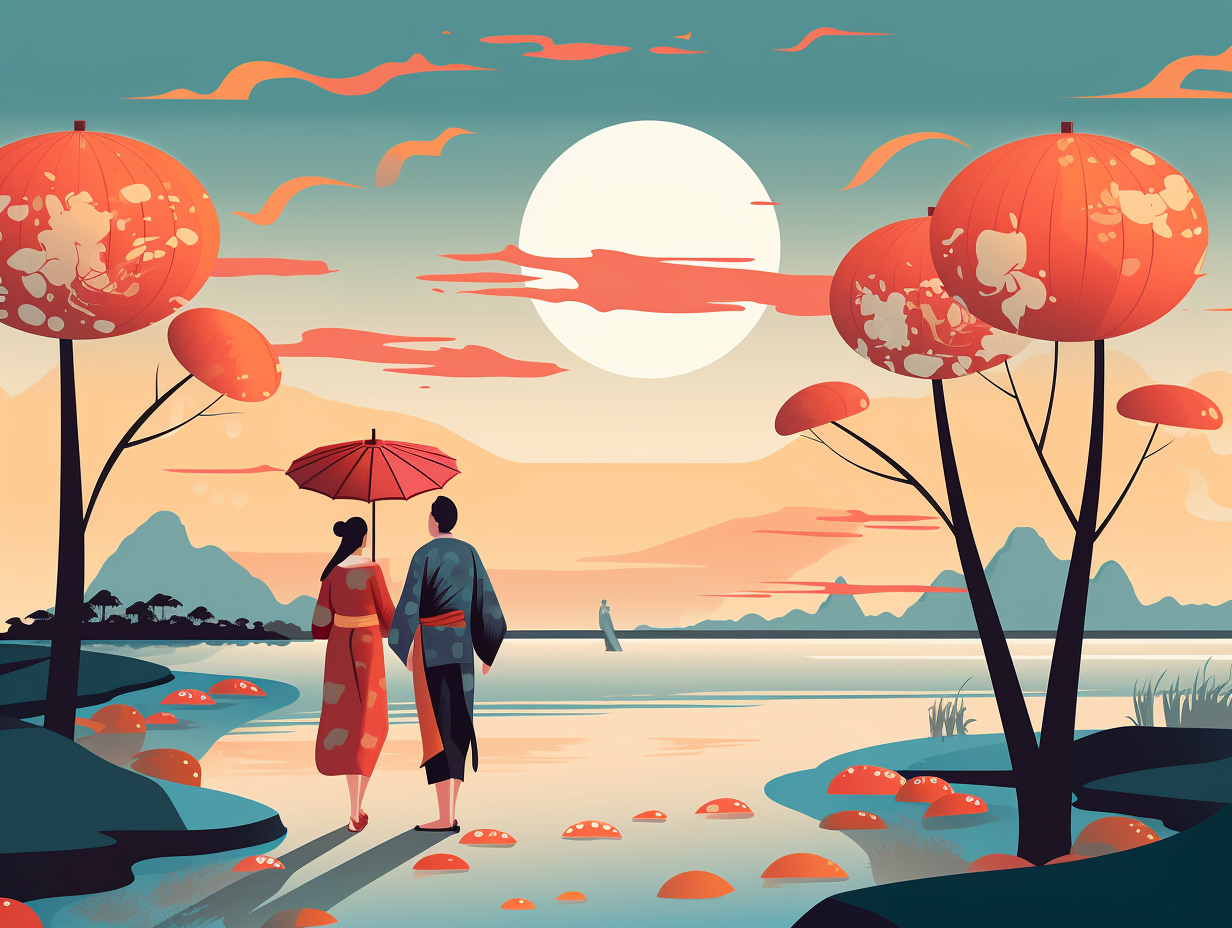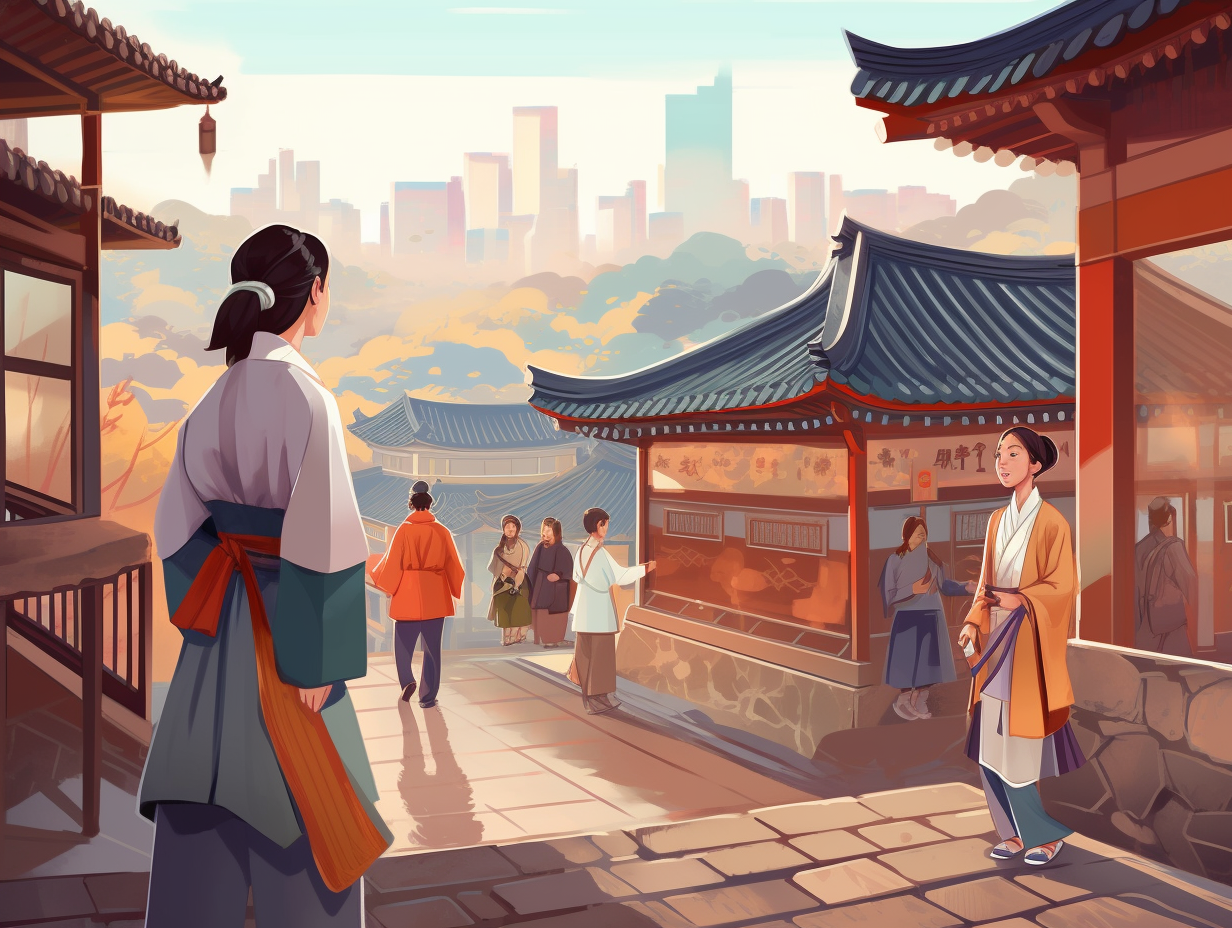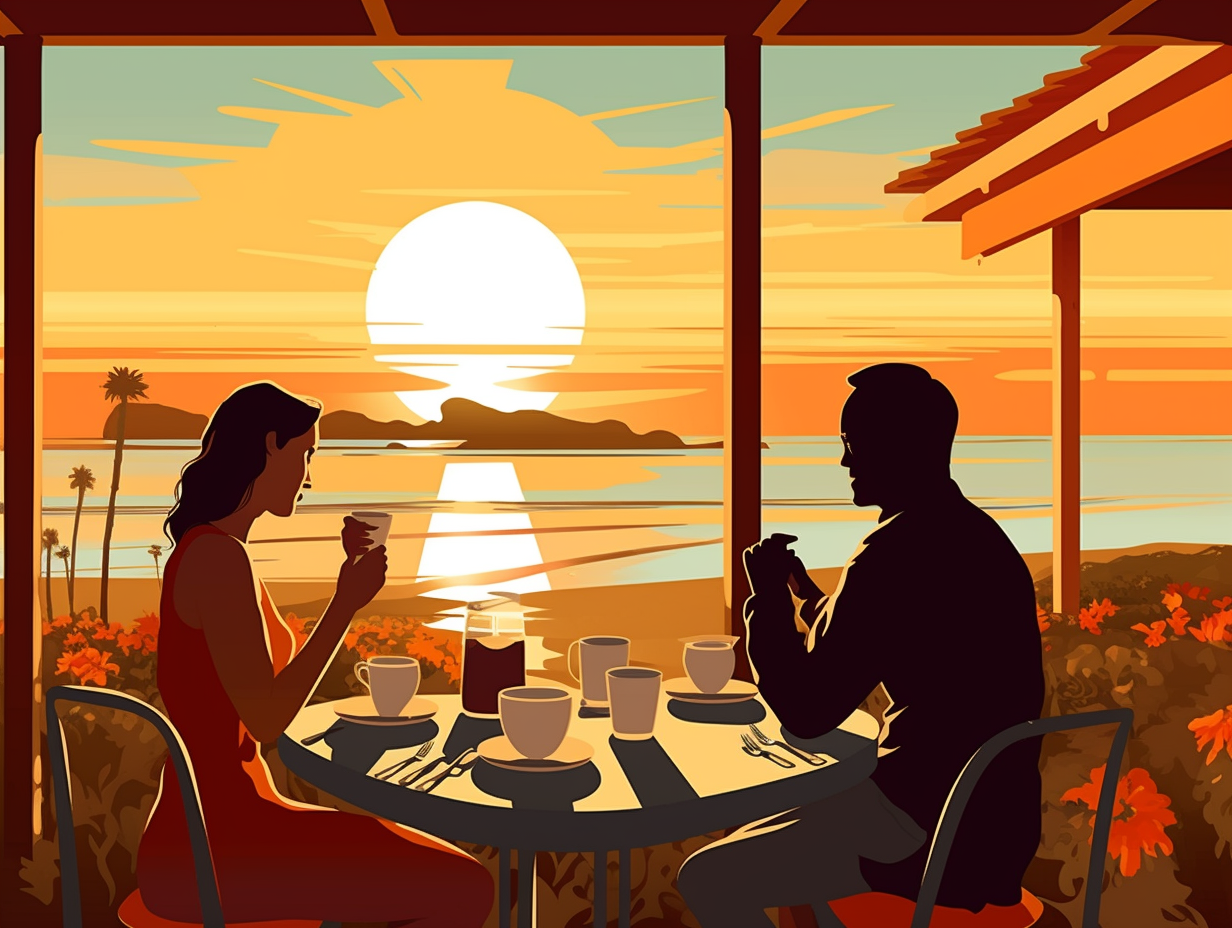Discover the Magic: Top 8 Must-Know Fun Facts About Okinawa

1. Superhero Sweet Potatoes
Sweet potatoes, the spud-tacular superheroes of Okinawa cuisine, come with incredible powers that may just be their Fountain of Youth secret: The traditional Okinawan diet, famously high in carbs and low in protein, has a 10:1 ratio that not only extends the lifespan of animals but also keeps their brains from showing signs of ageing, possibly due to a synergistic combination of nutritional factors.
Source => bbc.com
2. Okra-Caviar Love Child: Umibudo Seaweed
In a seaweed-eat-seaweed world where okra and caviar had a love child and Snoop Dogg couldn't keep his hands off it: umibudo, also known as green caviar, is a unique type of seaweed cultivated in Okinawa using a land-based aquaculture method developed by Munekazu Mekaru. This quirky, berry-like underwater treat is hand-picked and cured for three days, making it the pièce de résistance of Okinawan cuisine in salads and sushi rolls, as well as the island's third-largest aquaculture product.
Source => shun-gate.com

Did you know in Singapore, elite bird whisperers use speakers to emit distress calls, protecting airports from feathery chaos? Discover how air-cannons & chickens play a crucial role in aviation safety!
=> Fun Facts about Singapore
3. Buffalo-Pulled Carriages in Taketomi
Hang on to your buffalo wings and prepare for takeoff, folks: On Taketomi Island in Okinawa, visitors can enjoy the simple, slow-paced life by hitching a ride on a water buffalo-drawn carriage that takes them through a quaint village, offering a peek into traditional Okinawan culture, all while being chauffeured by the island's friendliest, horned behemoths.
Source => tripadvisor.com
4. Matchmaking at Churaumi Aquarium
Ready for a whale of a time and some coral camaraderie? Nestled in the land of karate and the longest-lived featherless bipeds, lies an architectural marvel harnessing the power of oceanic matchmaking: Okinawa Churaumi Aquarium boasts the world's first large-scale breeding of live coral using an open system, hand-fed whale sharks that chow down thrice a day, and even successfully bred manta rays - four of which now gracefully glide in their vast tank.
Source => japan.travel

5. Eisa Dance: Ancestral Honors with a Twist
Eisa dance: it's Bon voyage for the dearly departed, Okinawan style! This vibrant performance combines the ancestral honors of a Buddhist Bon dance with the groovy moves of young men and women, all while keeping it fresh with a dash of folk tunes and flashy choreography: Performed during the Bon Festival and other events, this unique Okinawan experience involves 20 to 30 dancers in lines or circles, and is accompanied by singing, chanting, and drumming that reverberates through the cultural fabric of the island.
Source => en.wikipedia.org
6. Cousteau and Ariel's Okinawa Playground
If Jacques Cousteau and Ariel the mermaid planned a vacation, Okinawa would be their ultimate underwater playground: With over 200 species of dazzling coral reefs, this aquatic wonder-world is a diver's paradise, boasting exhilarating dive spots like Sunabe Seawall, Kerama Islands, Blue Cave, Manza Dream Hole, Yabiji, and the Miyako Region.
Source => cntraveler.com
7. Snakeskin-Strumming Sanshin
If snakes could strum tunes, you’d find them jamming on the tunes of Okinawa: The sanshin, an iconic Okinawan musical instrument, features a snakeskin-covered body and three strings that sing the melodies of ancient Ryukyuan culture – think banjo with an exotic twist. This soulful instrument is steeped in divine reverence, symbolizing the voice of deities and even being regarded as a deity itself while charming the world with the expansion of its popularity and innovations such as artificial and hybrid skins.
Source => en.wikipedia.org
8. Morning Awamori and Snake-Inspired Nightcaps
Awamori-infused mornings and snake-flavored nightcaps: In Okinawa, awamori is the go-to traditional alcoholic beverage, made from crushed rice and koji mold, boasting a higher alcohol content than its cousin, sake. Drunk from charming little chibuguwa cups, it finds its way into citrus cocktails and breakfast coffee alike. But the pièce de résistance of Okinawan drinking culture is undoubtedly habu sake, a curious concoction featuring a venomous habu snake coiled in the bottle, its potent venom neutralized by the alcohol, but not its power to leave your taste buds rattled.
Source => mybartender.com
Related Fun Facts




















